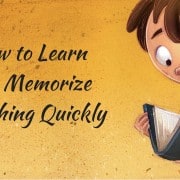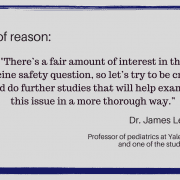Does Maternal Stress Really Predict Autism Traits and Asthma? (Premium)
You might have seen the headlines last week that touted: Prenatal maternal stress predicts asthma and autism traits in 6 1/2 year-old children: Project Ice Storm. The news was based on a press release from Douglas Mental Health University Institute in Montreal. (Reproduced at the end of this article.) It clearly implies that a pregnant mother’s stress can cause autism.
While I acknowledge stress has a powerful role in health, I found this study raised more questions than it answered. Plus, after experiencing an ice storm, I have a different angle on the findings.
In an ambitious effort, researchers studied 150 families out of millions who lost power during the 1988 ice storm. Some were without power for up to 45 days. Levels of stress among mothers who were pregnant during the storm or shortly thereafter were documented, and the children were later studied at age 6 1/2; they continue to be monitored as teens.
See if this makes sense to you









